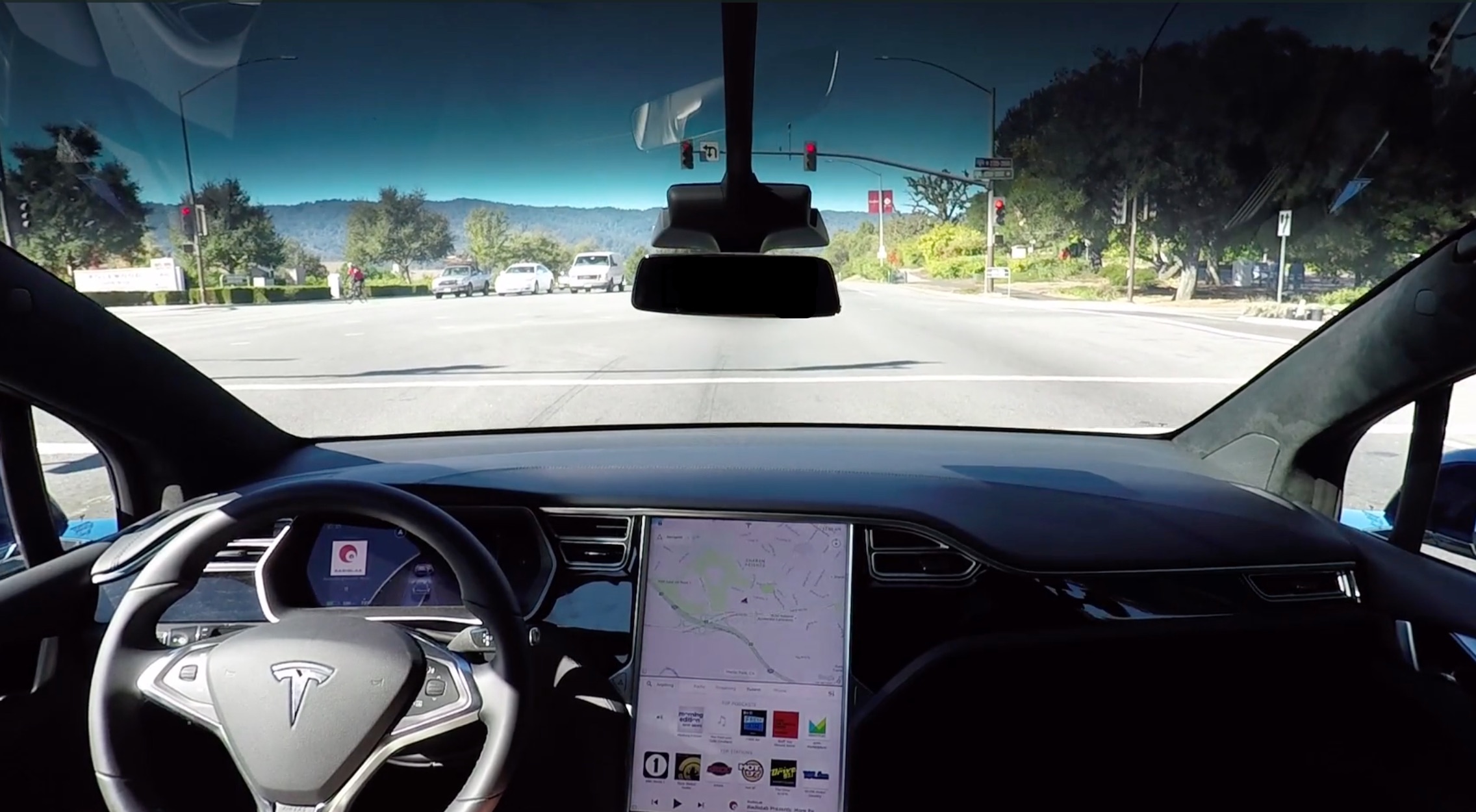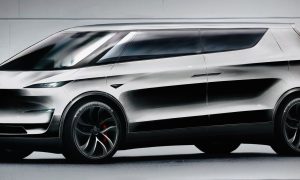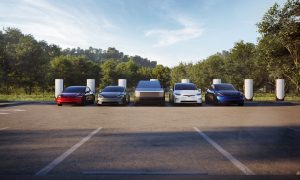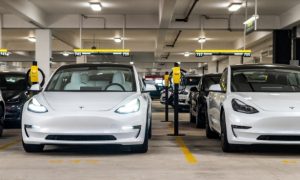We are all fascinated with autonomous driving in terms of what it can do for us. Make the elderly mobile again without endangering the rest of us with their arguably reduced reaction times, less acute hearing and vision. We dream of the day when we can sleep through a long, boring trip. Doing valuable work in what would otherwise be dead time is a plus too. One thing we haven’t talked about too much is how autonomous cars can radically reduce the congestion of our roads.
Six Inches of Separation (With All Due Respect to Kevin Bacon)
One way we can reduce highway congestion is to reduce the following distances between cars. It takes a human about four seconds to react to a car stopping ahead of us. At 60 mph, that translates to 88 feet per second or a total traveled of 352 feet before you are really starting to stop the car. Using the 2 1/2 second rule would yield 220 feet. Now if you have a car which reacts in, oh say, 1,000 nanoseconds, or a millionth of a second, some have argued that a six inch separation would be more than enough time for the computer to stop the car in time to avoid a collision. So, a non-autonomous car would take up about 220 feet of roadway per car, autonomous cars would take up roughly 20 feet per car. 220 divided by 20 yields about 11 cars per 220 feet of roadway rather than one. You’ve magically increased the carrying capacity which decreases congestion.
Platooning
This increased use of autonomy will almost certainly create “platooning” on our roads where cars headed in the same direction are pulled up within inches of the car ahead creating a “car train” of 30, 50, or more cars all traveling at high speed to a destination ahead of them. With level 5 autonomy, some have suggested that 90 mph is reasonable while remaining very safe.
So let’s do a mind experiment here. You have a 220 foot stretch of roadway which can now safely carry 1 car traveling at 60 mph. Let’s put in a platoon of 11 cars traveling at 90 mph. That 220 foot stretch of roadway at 90 mph can carry 15 cars rather than 11 because 90 is 150% of 60. You have now increased the carrying capacity of the roadway by 1500%, or put another way, it would be like the New York State Thruway had 1/15 the cars on it that it does now. Rush hour would be like driving at three in the morning.
You may say that 220 feet is a preposterous amount of road and that people routinely travel only 10 to 20 feet behind the car in front of them. My response is look at the accident statistics. Yeah, you can travel that close. You just can’t travel that close safely.
Goose it Man!
One of the arguments against high speed travel in cars has been that as you increase speed, miles per kilowatt drop radically. Wind resistance is the big thief of range. When you read about people who manage to get ridiculous miles per charge out of their Teslas you can bet that last dollar that they are driving slowly!
Here’s where we can take a lesson from NASCAR and…wait for it, GEESE! Any fan of NASCAR knows that the drivers “draft” the car in front of them to save gas. The reason is very simple. The car in front is pushing the air out of the way, and the car behind benefits from traveling at the same speed in a partial vacuum, enabling the following driver to save fuel and possibly avoid a pit stop.
Why am I talking about geese? Ever wonder why geese travel in that cool V-formation? Similar reason. They avoid the turbulence from the goose ahead and conserve energy. Being cooperative sorts they trade places with the leader, who drops back and lets the next goose in line take over the toughest place, which is the lead. That way all the geese get to where they’re going quicker and with less fatigue. In our terms, with less battery energy expended.
I foresee platooning supplemented with leader “dropback” like the geese, let’s say, every five miles, to enable very fast driving times with lower fuel/kilowatt hour consumption. This will become part of the autonomous software suite.
So, all hail the goose, and I, for one, look forward to autonomous driving because of the effect platooning will have on our drives, and the automatic increase of the carrying capacity of our roads. Cool, very cool!
Allan Honeyman
(Submitted via email to the Teslarati Network. Do you a post you’d like to share? Email it to us at info@teslarati.com)











